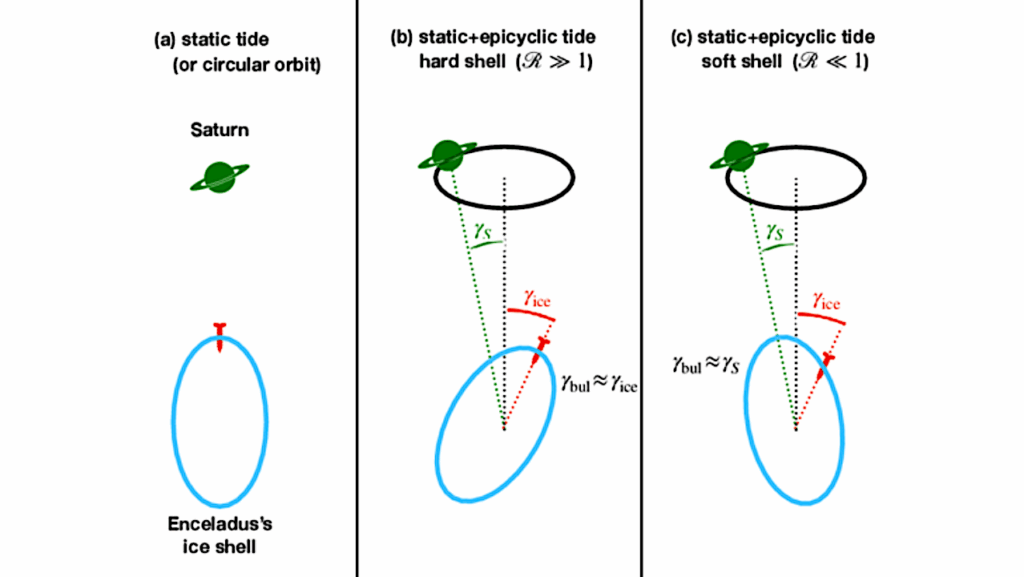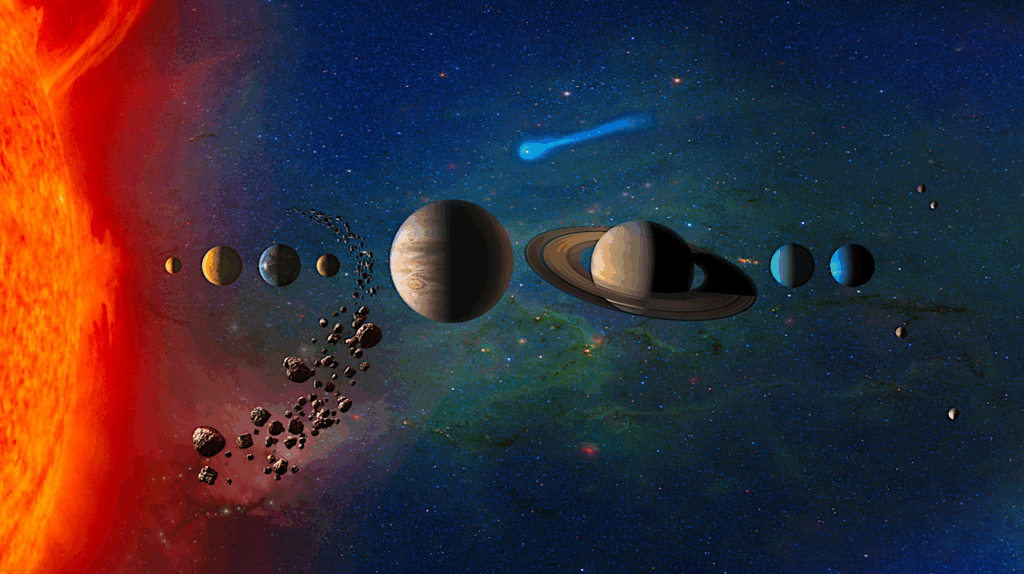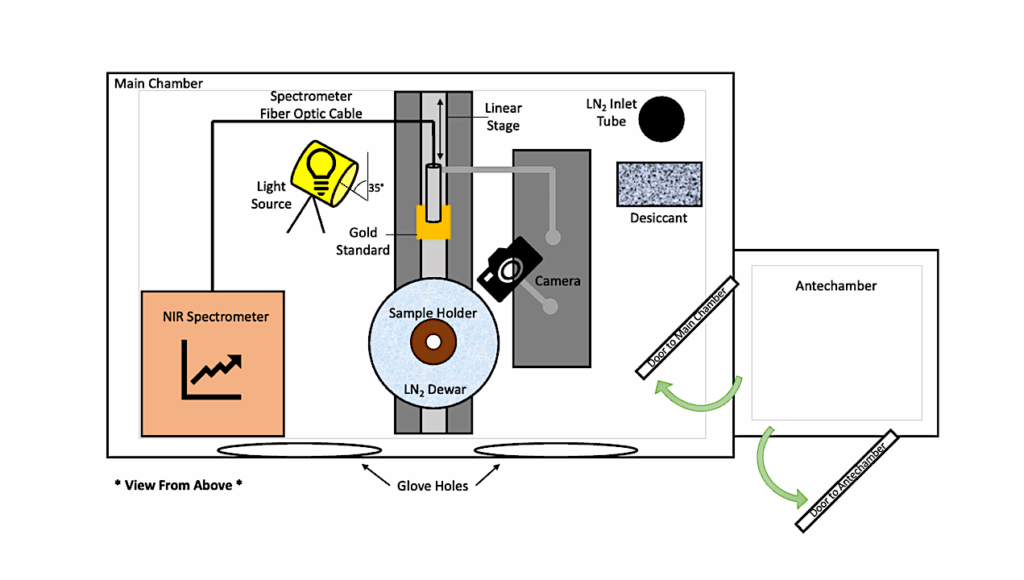H2O2 Within Chaos Terrain on Europa’s Leading Hemisphere

Hydrogen peroxide is part of an important radiolytic cycle on Europa and may be a critical source of oxidants to the putative subsurface ocean.
The surface geographic distribution of hydrogen peroxide may constrain the processes governing its abundance as well as its potential relevance to the subsurface chemistry. However, maps of Europa’s hydrogen peroxide beyond hemispherical averages have never been published. Here, we present spatially resolved L-band (3.16 – 4 μm) observations of Europa’s 3.5 μm hydrogen peroxide absorption, which we obtained using the near-infrared spectrometer NIRSPEC and the adaptive optics system on the Keck II telescope. Using these data, we map the strength of the 3.5 μm absorption across the surface at a nominal spatial resolution of ∼300 km.
Though previous disk-integrated data seemed consistent with the laboratory expectation that Europa’s hydrogen peroxide exists primarily in its coldest and iciest regions, we find nearly the exact opposite at this finer spatial scale. Instead, we observe the largest hydrogen peroxide absorptions at low latitudes on the leading and anti-Jovian hemispheres, correlated with chaos terrain, and relative depletions toward the cold, icy high latitudes. This distribution may reflect the effects of decreased hydrogen peroxide destruction due to efficient electron scavenging by CO2 within chaos terrain.
Samantha K. Trumbo, Michael E. Brown, Kevin P. Hand
(Submitted on 2 Aug 2019)
Comments: 7 pages, 2 figures, accepted for publication in the Astronomical Journal
Subjects: Earth and Planetary Astrophysics (astro-ph.EP)
Cite as: arXiv:1908.01093 [astro-ph.EP] (or arXiv:1908.01093v1 [astro-ph.EP] for this version)
Submission history
From: Samantha Trumbo
[v1] Fri, 2 Aug 2019 23:39:44 UTC (1,272 KB)
https://arxiv.org/abs/1908.01093
Astrobiology








